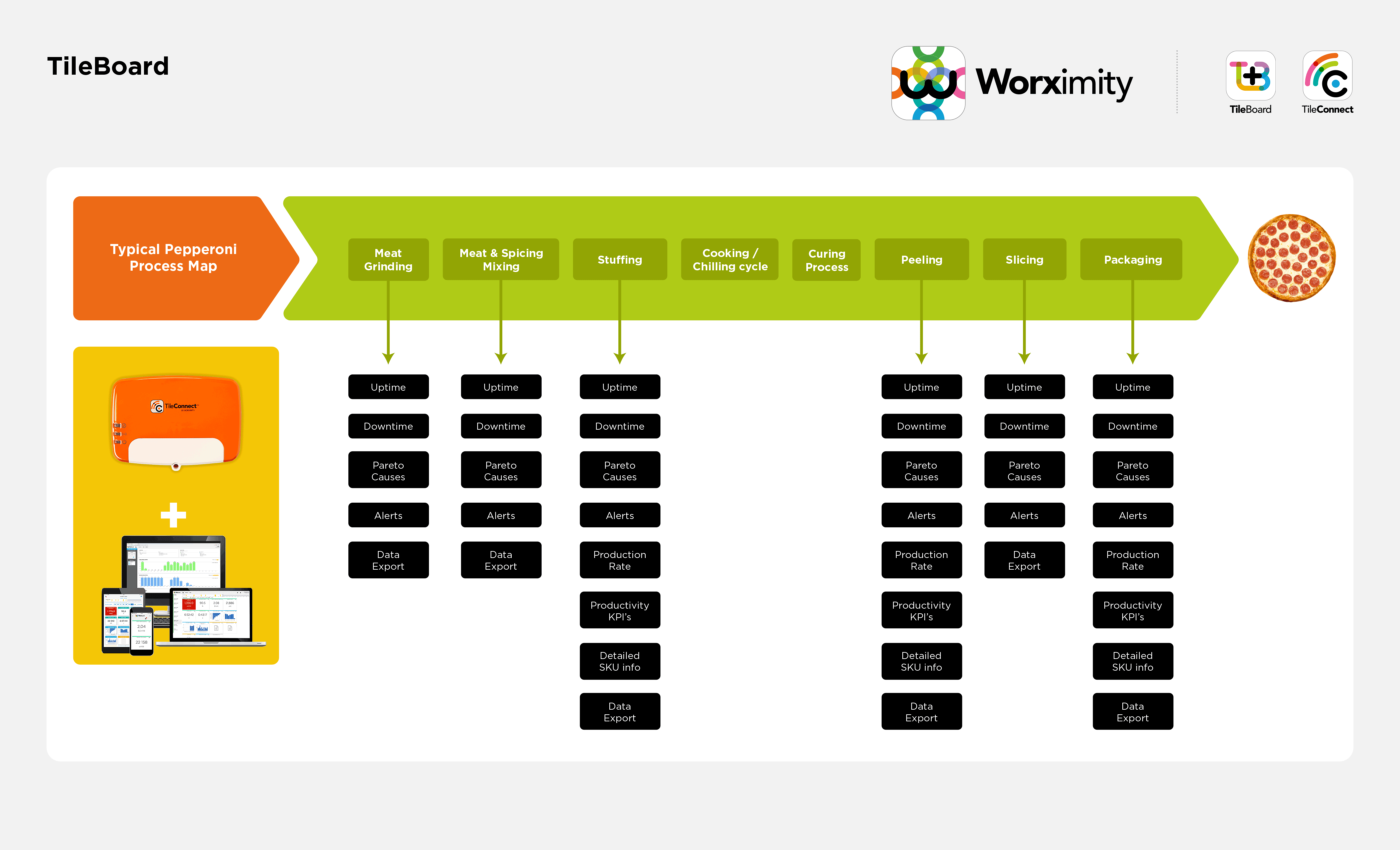Innovation, imagination, and creativity are fast becoming essential ingredients in food and beverage production management. Long gone are the days of sitting back and simply letting production equipment run at 60 percent and expecting a profitable outcome. Today, food and beverage processors must think lean and be flexible. Agile manufacturing and continuous improvement are propelling manufacturers into the future with remarkable changes in methods, processes, and applications.
For today’s manager, every element of a company’s operations must be scrutinized for opportunities to reduce processing costs. This includes everything from maintaining a company's building and grounds to relationships with suppliers, distributors, and retailers. New products that offer cost savings are continually being brought to market.
For example, Nestlé Waters and Danone are working together to introduce retail bottled water in bottles made from sawdust and other renewable resources. Another example is food-grade packaging made from seaweed being developed by a number of companies, including Notpla. Processors must step back and consider how to minimize costs at every step in their products’ value chain.
Below are some areas managers can consider when looking to reduce product processing costs.
1. Put the Industrial Internet of Things (IIoT) to Work for Your Company
Computer technologies have opened the door for companies to take advantage of digital data capture and high-speed analytical processing. Connecting operating functions across the factory can improve the balance in process flows and eliminate downtime caused by interruptions in the processing workstream.
For example, interconnecting front-end material batch processing with downstream product manufacture and final refrigeration allows computer-assisted workload balancing among all three functions. In addition, stoppages at any point in the flow alert both upstream and downstream processes to changes in line demands. Employees can then make appropriate adjustments at each step in the process.
Important line operating data such as downtime and downtime causes can be captured using in-line digital sensors. Employee teams can then analyze the data to identify the root causes of lost production. Improvement in operating uptime can result in better throughput and reduced processing costs. Worximity Technology’s Smart Factory analytics is the food and beverage industry’s leading system for gathering and analyzing process line data to help manufacturers reduce costs and improve throughput.
2. Consider Introducing Robots to Assume Highly Repetitive Processing Line Tasks
Analyzing production line processes can uncover tasks that might be suitable for robotic applications. Often, these include repetitive pick-and-place tasks best done automatically. Using robots for these tasks means freeing up skilled employees who can be assigned to more suitable jobs.
3. Analyze Energy Usage for Primary and Ancillary Processes
Food processing plants' refrigeration and heating (ovens and cookers) requirements mean high energy costs. Line and general facilities operations add additional energy costs. Energy audits often uncover opportunities to reduce expenses by using alternative energy sources, capturing waste energy, or utilizing computerized energy sensors and controllers.
4. Implement Smart Water Programs for Processing Operations
Water, like energy, may not be at the top of every manager's list—but in many plants, water costs can be significant. Controlling water usage for production, cleaning, and operations can help reduce processing costs and improve margins. Computerized monitoring and control of water usage and improved methods for treating wastewater streams help recapture expenses that may otherwise be lost.
How Smart Factory Technology Can Help
Worximity Technology is the food and beverage industry leader in helping manufacturers reduce processing costs and improve production throughput. Using Worximity's state-of-the-art Smart Factory analytics system, data collection sensors mounted on process line equipment capture production data such as throughput, downtime, and quality in real time.
This data is sent wirelessly to the cloud, where our Smart Factory software generates customizable reports showing operating data and KPIs. The results are then displayed on TileBoards (monitors) located across the factory floor. Employees and supervisors can watch process line performance in real time and make adjustments to operating variables at any time. The results are reduced operating costs and balanced and efficient line processing.
One of the most important KPIs developed by Worximity’s Smart Factory analytics system is overall equipment effectiveness (OEE). Because we understand OEE’s value to processors, we are currently offering a system trial measuring OEE using actual data from one of your production lines. This valuable trial is available to qualified processors, and spots are limited. During the trial, your management team can learn the power of tracking OEE and using the information to reduce processing costs. Once OEE data is in hand, you’ll see the benefits OEE results can bring to your team. Contact Worximity today to take advantage of our OEE trial. Visit us online to speak with one of our technical consultants today.

















